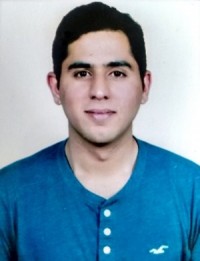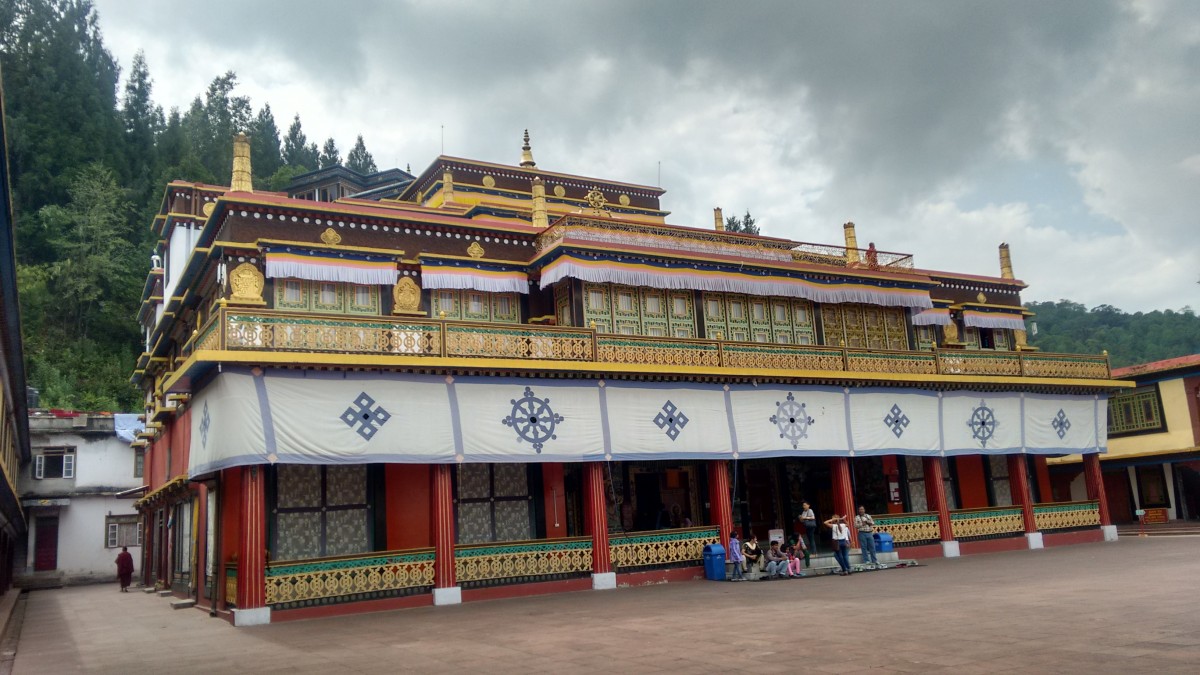Memo #361
By Aadil Brar – aadil.brar [at] alumni.ubc.ca

The Northeastern states of India have experienced years of violence and separatist movements. The AFSPA (Armed Forces Special Powers Act), the act gives the military and air forces the authority to interfere in the internal affairs of the regional states, applies to the seven sister states, Arunachal Pradesh, Assam, Manipur, Meghalaya, Nagaland, Mizoram, and Tripura, as well as Jammu and Kashmir.
However, the state of Sikkim is an exception; Sikkim has always been viewed on the margins of the Northeastern states, though it was officially declared the 8th state of the North East Council in 2001. Sikkim has not had any insurgent movements like the other states. One of the smallest states in India with a population of 619,000, Sikkim’s tourism based economic model has been lauded by both the New Delhi based politicians and the local elites as the template for development in the Northeastern states.
The statistics by the Sikkim government shows that the number of tourists visiting Sikkim has grown from 153,500 in year 2000 to 611,590 in 2014. This massive rise has been fuelled by developmental grants forwarded by the government of India to Sikkim, which in turn has resulted in massive investments in tourism by the state government, and the promotion of multiple festivals and fairs to attract tourists. Pawan Chamling, the Chief Minister of Sikkim, has enjoyed complete majority in the assembly for the last 25 years, and often chairs the festivals like Losar, Panglabhasol and Tendong Lho Rum Faat. These and other events often feature performances and reiterations of state’s heritage, meaning that tourism has provided new avenues for reinforcing a collective ‘Sikkimese’ identity, despite the multiple ethnic groups that reside in the state.
Sikkim presents a unique model for the Northeastern region. The funds flowing in from New Delhi has forged a group of state-level elites that closely work with the federal government. The August 2015 peace agreement with the Naga separatists has resolved the oldest insurgent movements in India. But the confrontations continue in Manipur and other states. While there are differences in the demographics and the economics of each of the Northeastern states, the cooperation between cultural agencies in New Delhi and Sikkim might possibly provide one alternative approach to violent conflict.
About the Author:
Aadil Brar is a senior undergraduate student and research assistant in the Department of Anthropology, University of British Columbia. He has been working on an ethnographic field project on visual culture and the ethnic politics of Sikkim.

Rumtek monastery, also known as Dharmachakra center, is the world-headquarter of Karma Kagyu school of Tibetan Buddhism; it is a major tourist attraction in Sikkim (Credit: Aadil Brar, June 2015).
Links:
- Vibha Arora, “Framing the image of Sikkim,” Visual Studies 24, no. 1 (2009): 54-64.
- Vibha Arora, “Roots and the Route of Secularism in Sikkim,” Economic and Political Weekly, 41, no. 38 (2006): 4063-4071.
- Baruah, Sanjib, “Nationalizing space: cosmetic federalism and the politics of development in Northeast India,” Development and Change 34, no. 5 (2003): 915-939.
- Subir Bhaumik, “Naga Peace Deal: ‘Historic’ Is Still Some Way Away,” The Hindu. August 26, 2015.
- Anjan Chakrabarti, “Tourism in Sikkim: quest for a self-reliant economy,” The Nehu Journal 7, no. 1 (2009).
- Mona Chettri, “Engaging The State: Ethnic Patronage And Cultural Politics In The Eastern Himalayan Borderland,” South Asia: Journal Of South Asian Studies, 38, no. 4 (2015): 1-16.
- The Voice Of Sikkim, “CM Inaugurated 3-Day Long ‘2Nd Nagi Pokhari And Organic Festival 2015,” The Voice of Sikkim Online. December 31, 2015.
- Sudha Ramachandran, “India’s Controversial Armed Forces (Special Powers) Act“. The Diplomat. July 02, 2015.
Related Memos:
See our other memos on India.
I think tourism is the only best solution to insurgency in northeastern states and not only this it helps to develop a state economically as well as culturally..it changes the mindset of residents and aids in growth at the global level..good jod aadil brar
Thanks Navneet.